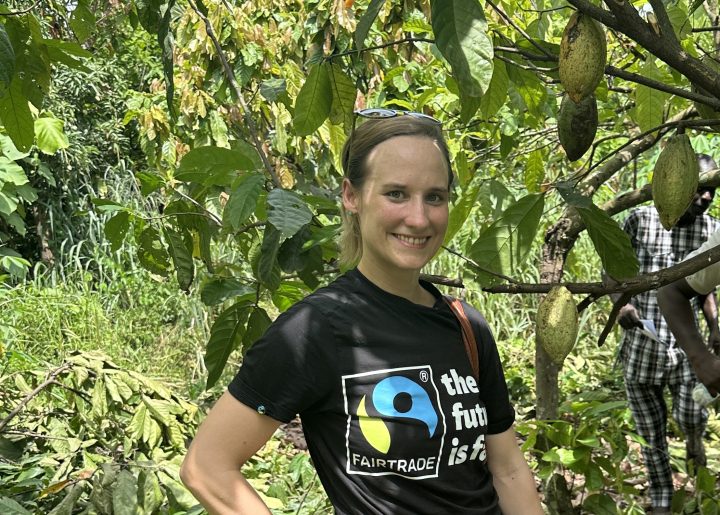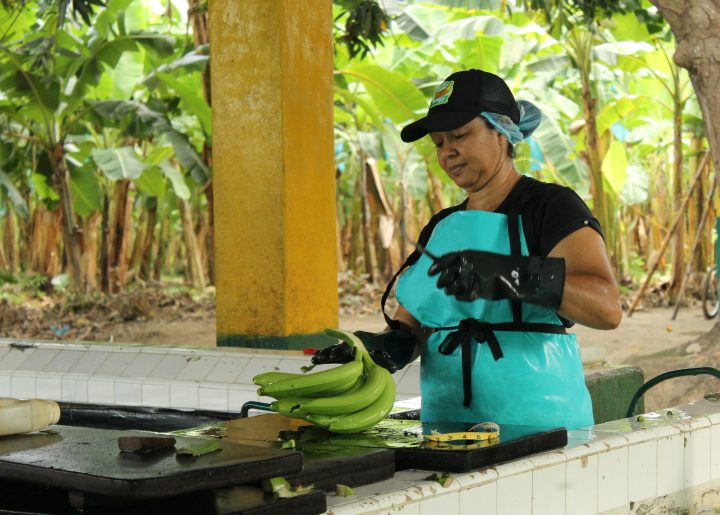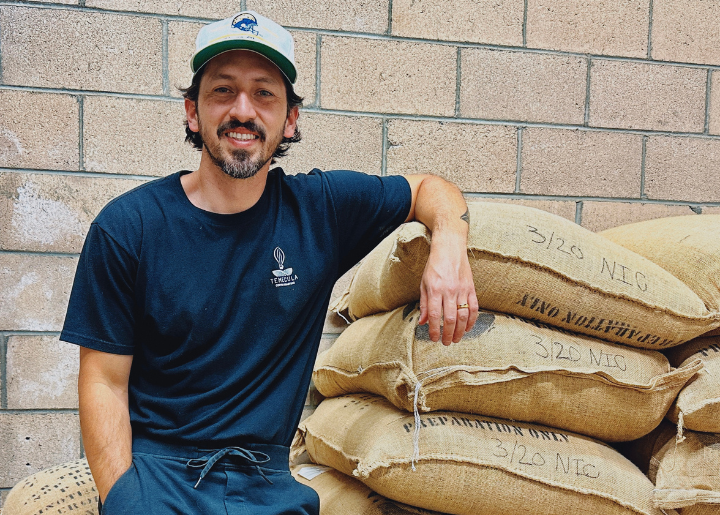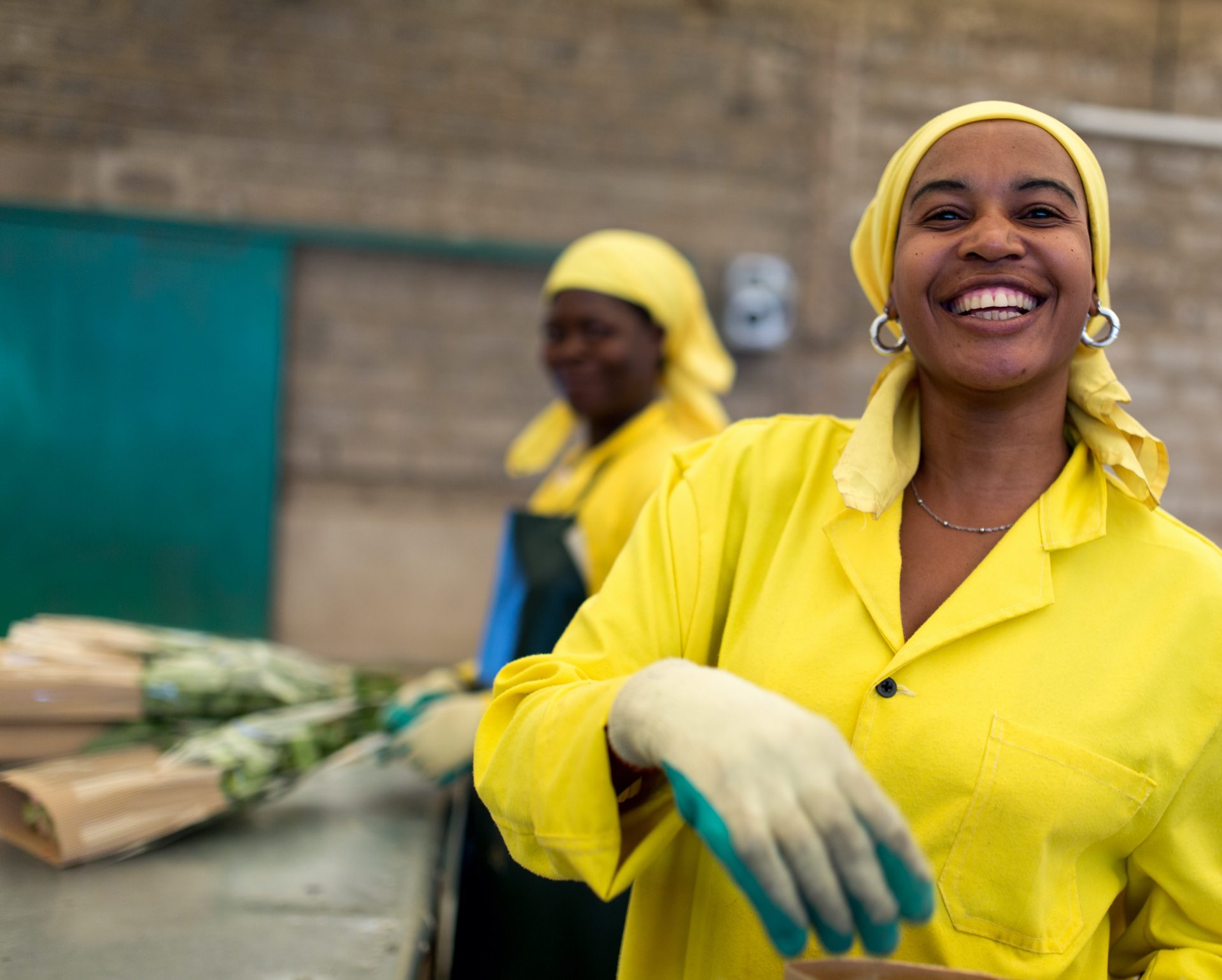Sustainable Products Inside and Out: Holistic Thinking for Better Futures
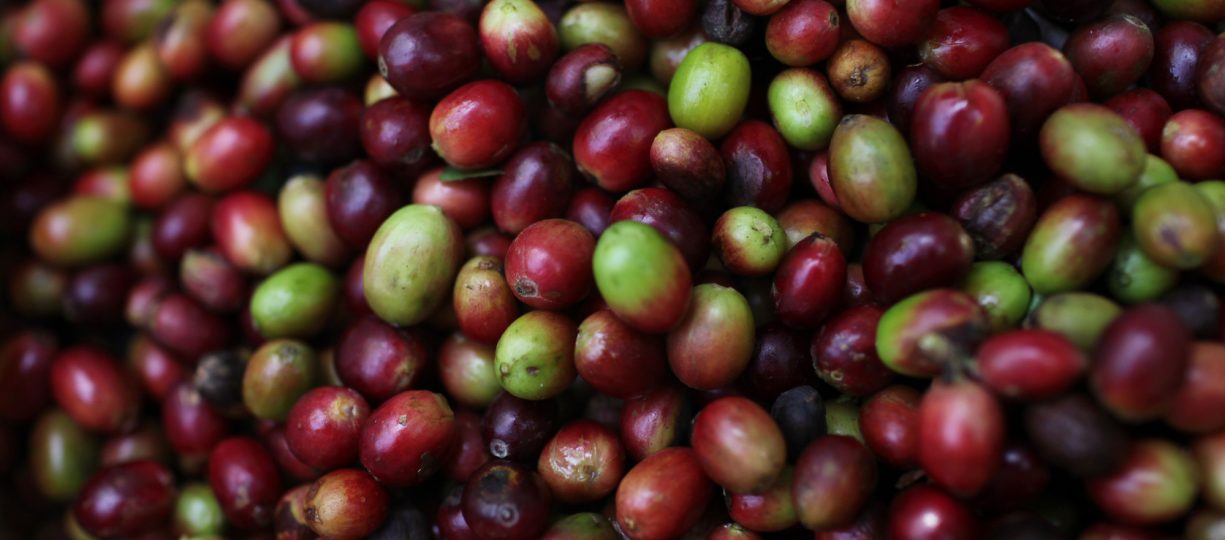
If so many companies have integrated sustainability into their strategic planning, why doesn’t it feel like we’re closer to solving climate change and other societal ills?
This blog post also appears on the Green Business Network’s website.
Approaching sustainability holistically requires constant improvement. Companies must embed progressive environmental and social values at all levels of a business. Sustainability leaders like Patagonia, Equal Exchange, and Ben & Jerry’s have all made strong commitments and they are also the first to admit they have a long way to go.
A 2017 McKinsey study of 3,203 companies found that 53% of them had integrated ‘sustainability’ into their strategic planning. If that’s the case, why doesn’t it feel like we’re any closer to solving climate change and other societal ills?
It’s a big job, but as a business, your company has any number of opportunities to address social and environmental challenges through consistent expansion of your sustainability portfolio. It all comes back to that holistic thinking. There is no end goal, only room to continue improving our practices.
For consumer-packaged goods (CPG), this could mean a sourcing commitment that reduces greenhouse gas emissions, eliminates pesticides or toxic chemicals, and creates resource efficiencies in energy sourcing or transportation. Extra credit if you deepen your impact by encouraging suppliers to adopt similar tactics. On the people side, you can implement sourcing policies that protect your value chain from reliance on slavery or forced labor, ensure healthy and safe working conditions, and contribute to inclusive sustainable livelihoods for the people making your products. You can also make changes based on life cycle assessments, looking at what happens to your products once they leave the warehouse. This can answer questions like, how long your packaging takes to break down, what are the environmental impacts of transportation and storage, and how it affects the consumers or communities purchasing it.
And not to make things too difficult, but this all needs to be financially viable, too. Instead of trying to do all of this at once, make a strong start and continually improve over time.
If you’re reading this, you’ve likely already made sustainability commitments in your business (or at least considered it). But, like an Olympic athlete unsatisfied with just one gold medal, you want to find and fulfill your full sustainability potential. Fortunately, there are tools to help you! We’ve compiled the following toolkits to help you look into your product life cycle and think sustainable for both outside and inside!
Life Cycle Sustainability
Making your first sustainability commitment is a great start, but don’t sell your organization short! Life Cycle Assessment/Accounting (LCA) offers a way to take a “cradle-to-grave” approach for assessing value chains. It begins with the gathering of raw materials from the earth and ends when all materials return to the earth – somewhere in between are you and your product. Many organizations start with a “cradle-to-gate” approach by taking into account the raw materials and observe impacts through to the finished product (think energy usage at the factory or greenhouse gas emissions on your suppliers’ farms). “Cradle-to-cradle” takes it a step further to ensure that a product or its packaging can be fully recycled or repurposed.
Toolkit:
- Environmental Protection Agency’s Alternatives Assessment and Life Cycle Assessment are two tools that help businesses identify safer alternatives for chemical usage and materials that are likely to produce the worst environmental impact helping you identify the areas in greatest need of change.
- Trayak Compass software helps companies analyze packaging variables to optimize design, source sustainably, and support recycling.
- Cool Farm Tool is an online biodiversity, water, and greenhouse gas calculator that’s free for farmers!
- True Cost Accounting is focused on food systems in the US and UK and looks at market externalities often ignored by industry, such as pesticide contamination of groundwater or greenhouse gas emissions from cattle feedlots, and assigns dollar values to them.
- Human Centered Design from IDEO is an innovative method to plan for change by taking into account the needs of all users and stakeholders ensuring that all are on track with your sustainability plan.
Sustainable Outside
Packaging makes up roughly 30% of US municipal solid waste, the largest contributor of all product sectors. To achieve a truly sustainable product, it’s not just what’s in a product, but its packaging as well. There are plenty of options for companies to choose from, but let’s lay out the 3 key traits to look for:
- Recycled content
- Recyclability
- Certification
You’re not truly recycling until you’re using items made with recycled content, whether glass, paper, plastic, or metal. You can create a straight-forward purchasing policy for your company, requiring a minimum percentage of recycled content in each product and its packaging.
You also need to make sure your packaging is recyclable, meaning it can be disposed of in most municipal recycling programs. Choose less complex packaging, so it can be easily sorted and strive for packaging made with a single material. This area is key for food companies since much of our packaging waste comes from food. Just because a product is grown to be disposed of in our bellies doesn’t mean the packaging should be disposed of in a landfill. Explore using labels like How2Recycle to help your customer easily determine if and how the package or product can be recycled. Even better, try reusable packaging! Consider a method like the resurfacing practice of glass milk bottle deposit or reusable options for retail, like RePack.
Third-party certified packaging lends credibility to your brand, but it’s important to do your research. Make sure the certification is inline with your goals. There are preferred certifications with strong standards. Let’s use fiber as an example, particularly since the explosive growth of online shopping has resulted in a deluge of corrugated cardboard.
Multiple comparison studies have shown that not all certifications are equal. The Forest Stewardship Council (FSC) certification sets performance-based requirements, whereas the Sustainable Forestry Initiative and others (SFI) rely on process-based requirements, which lack specific management outcomes. For example, when it comes to clear cutting, FSC has a maximum allowance while SFI does not. FSC also requires engagement with Indigenous Peoples and cooperation to protect significant sites as specified by those communities; SFI only requires companies to submit a written commitment to respect rights.
Toolkit:
- For fiber packaging, you can learn more about FSC’s standards and its certified producer companies.
- For a list of fiber packaging companies and their various environmental and social standards, you can search Canopy’s EcoPaper Database.
- To determine the environmental impacts of your company’s current paper use (and to see the improvements by increasing recycled content), try the Environmental Paper Network’s easy to use Paper Calculator.
- Make sure your labeling is in line with the FTC’s Green Guides standard, updated in 2012. This can help ensure you are using transparent and honest labeling for your packaging and product “ingredients”.
- Look into the Sustainable Packaging Coalition’s measurable targets for best practices.
Sustainable Inside
Developing a trusting relationship with your suppliers is a must for any successful business, and imperative if you’re concerned with long-term sustainability of your products. But, in a globalized world where even the simplest supply chains can involve thousands of people, supply chain assurance often only goes to the next step of the supply chain rather than all the way through.
That’s where certifications can help connect you to sustainable supply chains and share your story with consumers. Business consolidation has resulted in powerful companies driving down the price of goods like coffee, sugar and cocoa to completely unsustainable levels. Small-holder farmers in Latin America, Africa and Asia Pacific, who often live in remote, isolated regions, are left to the mercy of volatile market swings on Wall Street. US-based farmers and farmworkers face similar issues resulting from a constant price pressure down the supply chain. Certifications can assure both you and your customer that the humans, animals, land, and local ecosystem were treated with respect throughout your value chain.
Local sourcing also offers an option for you to invest in your own community. Many supermarkets have cottoned onto the ‘buy local’ movement, which offers a unique pathway to develop supply relationships within the community. It can also be a great way to win that most-coveted of marketing channels: word of mouth. Nielsen’s 2016 Harris Poll revealed that 80% of Americans – and a whopping 92% of American Millennials – trust word of mouth recommendations, more than any other form of marketing. Wouldn’t you love to get suppliers in the local community to sing your praises?
In fact, many of the values espoused by the “buy local” movement and organic farmers align with those that drive Fairtrade shoppers, such as:
- the desire to support small-scale family farming;
- the desire to support sustainable farming;
- the desire to avoid large corporate intermediaries;
- the desire to know who grew the food, a connectedness or transparency;
- the desire to buy directly, or at least more directly;
- and the wish that more of the purchase price would reach the farmer.
Ultimately, the local, organic and fair trade movements all share a similar vision – getting consumers and companies to think, not just about what they produce/purchase, but how it comes to us. Certifications and sustainable sourcing programs offer ways to address LCA growth opportunities, by guiding businesses in how to identify and alleviate the negative externalities in their supply chains.
Toolkit:
- Fairtrade certification – Fairtrade’s rigorous standards drive more money and benefits to farmers and workers, as well as support their communities, and protect their local environment.
- USDA Organic – Products carrying the USDA Organic label are produced without the use of synthetic fertilizers or pesticides, GMOs or a host of other substances common in conventional agriculture.
- Equitable Food Initiative – This US-focused certification supports farmworkers in achieving fair wages and safe working environments, and supports farm managers as they implement environmental practices that protect the people who work for them and their local ecosystem.
- Animal Welfare Approved – A label for meat and dairy products from farms raising animals to the highest environmental and animal welfare standards.
- USDA’s Food Hub Directory – Supermarket managers and small-scale CPG manufacturers can find local suppliers more easily through this resource.
Be a Sustainability Hero
Big challenges require big solutions that include people from every level of the supply chain, from the superhero farmers growing coffee and cocoa, to the consumers savoring it at breakfast. The tools we suggested are just a few of many approaches driving sustainability to the next level.
Jane Franch, the Director of Quality Sourcing and Sustainability at Numi Tea, reminds companies: “Be cautious in the pursuit of the perfect – it’s likely that the exact solution you want is not available today. Be willing to take a partial step and make incremental change.”
You have a unique opportunity to empower your consumers to live sustainably and to influence your suppliers to transform their production systems from destructive to regenerative . Be bold in the pursuit of change! You have the power to make your company the best version of itself and to lead the way toward a sustainable world.
If you still want more ideas, here are some more ways you can go above and beyond, pushing sustainable to regenerative:
- Green America’s Green Business Network – Whether you are an established green business or just starting, you’ll find your resources, market, and community to support your mission to be part of growing the green economy (members include Clif Bar , Equal Exchange, Green Century Funds, and more).
- B-Corp certification – Certified companies must prove that they use the power of the market to solve social and environmental problems. There are now nearly 2,000 certified B Corps around the globe and growing (see Ben & Jerry’s , Thanksgiving Coffee , Dhana Inc. )
Topics
We’re in this together
Fairtrade America partners with brands on the journey to certification and beyond. We can help with everything from finding a certified supply chain to marketing your newly certified product.
Get in Touch
